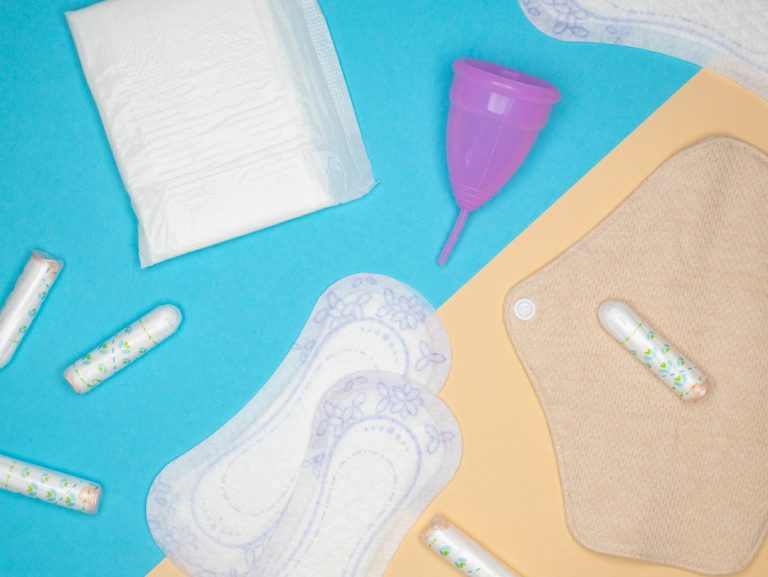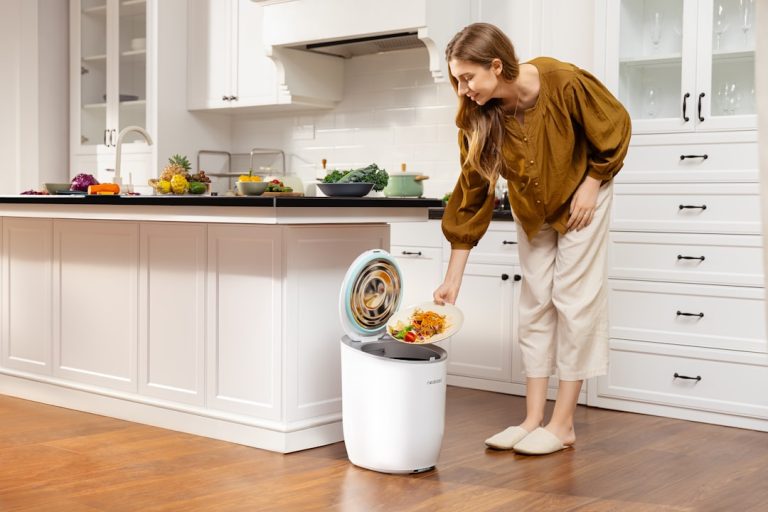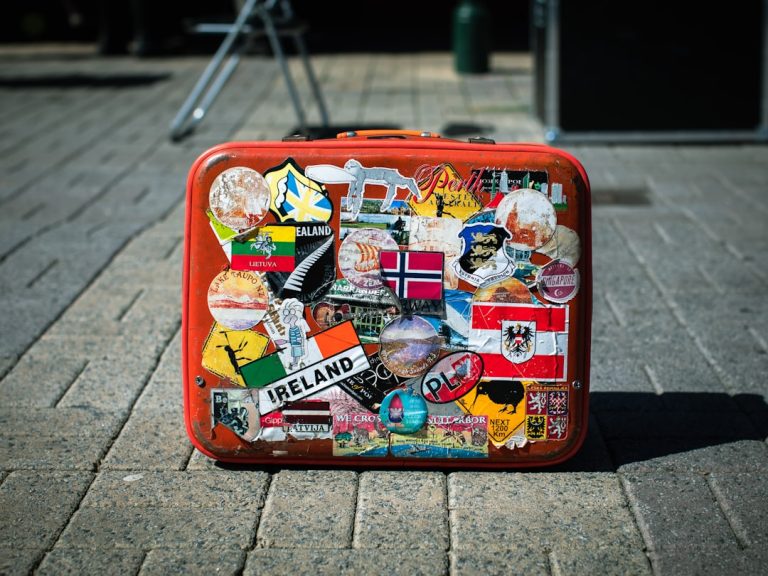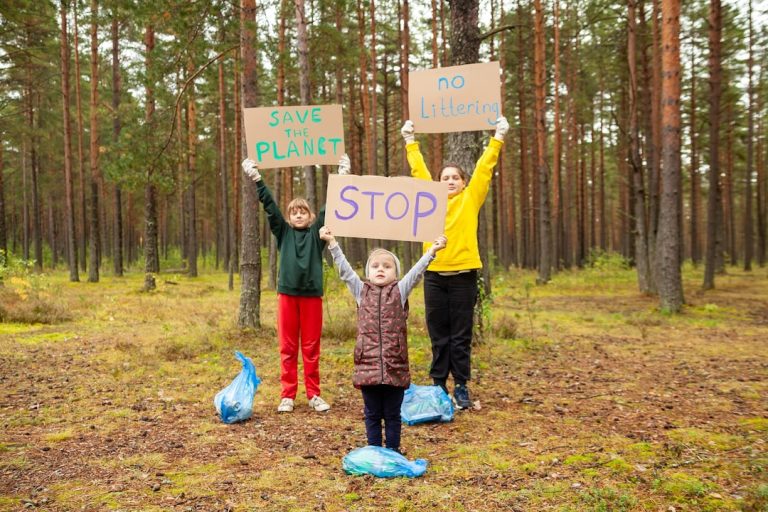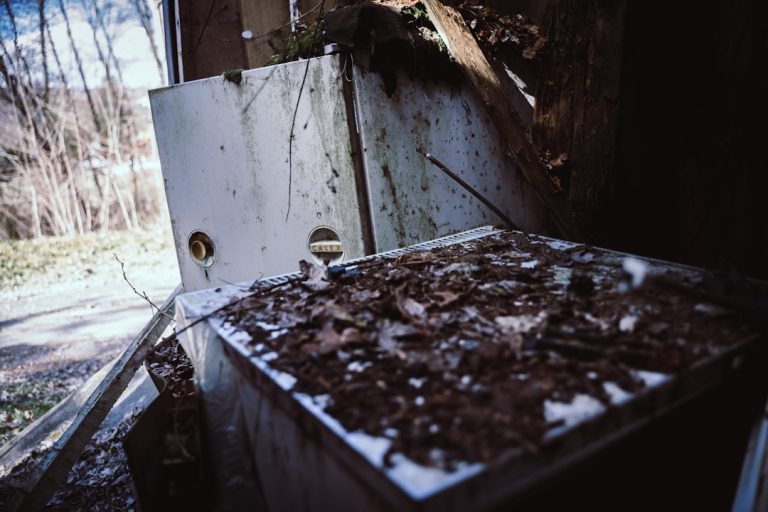5 Common Recycling Mistakes You Might Be Making (and How to Fix Them).
5 Common Recycling Mistakes You Might Be Making (and How to Fix Them)
You’re diligently separating your waste, tossing plastics, papers, and glass into the designated bins, feeling good about your contribution to a greener planet. But what if your best intentions are actually creating more problems than solutions? The truth is, recycling isn’t always as straightforward as it seems. Many of us, despite our eco-conscious efforts, are unknowingly making common mistakes that can contaminate entire batches of recyclables, send otherwise reusable materials to landfills, or even damage recycling equipment.
This isn’t about shaming; it’s about empowering you with knowledge. Understanding these overlooked pitfalls is the first step toward becoming a truly effective recycler. By identifying these five pervasive errors and learning their simple fixes, you can significantly boost your positive environmental impact, ensuring your efforts genuinely contribute to a more sustainable future.
Understanding the Hidden Hurdles in Your Recycling Bin
Recycling is a complex system, and its efficiency hinges on the quality of the materials collected. When non-recyclable items or contaminated materials enter the stream, they become “contamination.” This contamination can decrease the value of recycled materials, increase processing costs, and in severe cases, lead to entire truckloads of recyclables being diverted to landfills. It’s a frustrating reality, but one we can all help mitigate by being more informed. Let’s delve into the specific missteps that often trip us up.
The “Wishcycling” Trap: When Hope Harms More Than Helps
Have you ever looked at an item, felt a pang of guilt about throwing it away, and thought, “Maybe this is recyclable?” only to toss it in the bin, hoping for the best? This phenomenon is affectionately (and a little critically) known as “wishcycling.” While the sentiment is admirable, wishcycling is one of the biggest contributors to recycling contamination. It stems from a lack of clarity about what truly belongs in the recycling stream and what doesn’t.
Mistake 1: Assuming All Plastics Are Equal (and Small Items Are Fine)
The vast world of plastics is incredibly diverse, and not all plastics are created equal when it comes to recycling. Just because an item has a chasing-arrows symbol with a number (1-7) doesn’t automatically mean your local facility can process it. Furthermore, very small plastic items, regardless of their type, often cause problems.
- The Problem: Many recycling facilities are equipped to handle common plastic bottles (like water bottles and milk jugs, usually #1 PET and #2 HDPE) and rigid plastic containers (like yogurt cups or detergent bottles). However, items like plastic cutlery, straws, bottle caps (unless attached to the bottle), plastic packaging from toys, or small plastic components often slip through sorting machinery or are too small to be efficiently processed. They can also be made of mixed plastics that are difficult to separate and reprocess.
- The Impact: These “non-conforming” plastics can jam machinery, contaminate bales of otherwise valuable plastic, or simply end up in landfills after the sorting process.
Solution: Decoding Plastic Numbers and Sizes
The fix here is two-fold: first, understand your local program’s specific plastic acceptance rules. Do they take all numbers 1-7? Only 1 and 2? Only bottles and jugs? Second, pay attention to size. A good rule of thumb for many programs is that if an item is smaller than a credit card, it’s likely too small to be sorted effectively. For plastic bottle caps, check if your local program prefers them left on (empty and crushed bottle), removed, or not accepted at all. When in doubt, leave it out!

Mistake 2: Contaminating the Stream with Food Residue and Liquids
You finished that delicious yogurt, rinsed out the container, and tossed it in the bin. Great! But what about the jar of peanut butter with a sticky film, or the soda can that still has a few drops at the bottom? These seemingly minor residues can have a major impact.
- The Problem: Food scraps and liquids left in containers can contaminate other clean recyclables, especially paper and cardboard, making them unrecyclable. Imagine a sticky soda residue coating a pile of valuable cardboard, rendering it unusable for new paper products. This contamination can also attract pests to sorting facilities and create unpleasant working conditions.
- The Impact: Contaminated materials often get rejected during the sorting process and are sent to landfills, wasting the effort you put into recycling them.
Solution: The Power of a Quick Rinse and Empty Container
This is one of the easiest fixes! Before placing plastic, glass, or metal containers into your recycling bin, give them a quick rinse to remove any significant food residue. A little water goes a long way. For jars with stubborn residue (like peanut butter), a quick scrub or even a soak might be necessary. Ensure containers are as empty as possible of liquids before recycling. This simple step can prevent widespread contamination and ensure your items actually get recycled.
Beyond the Blue Bin: Misconceptions About Common Household Items
While some mistakes stem from wishful thinking, others arise from common misconceptions about materials we interact with daily. It’s easy to assume that if an item is made of a certain material, it must be recyclable in your curbside bin. However, the form and function of an item can drastically change its recyclability.
Mistake 3: Bagging Your Recyclables in Plastic Bags
For many, it seems logical to collect recyclables in a plastic bag and then toss the whole bag into the recycling bin. It keeps things tidy, right? Unfortunately, this seemingly convenient practice is a major headache for recycling facilities.
- The Problem: Plastic bags (and other “tanglers” like hoses, wires, or even clothing) wreak havoc on recycling machinery. They get caught in the rotating discs and conveyor belts, causing frequent shutdowns for manual removal. This is a dangerous, time-consuming, and costly process for recycling centers. Furthermore, the bags themselves are often not accepted in curbside programs because they require a different processing stream than rigid plastics.
- The Impact: Bagged recyclables are often pulled from the line and sent directly to landfills because workers can’t safely or efficiently open them to sort the contents. The bags themselves also contribute to machinery damage and operational inefficiencies.
Solution: Freeing Your Recyclables (and the Machines)
The fix is simple: always place your recyclables loose in the bin. If you use a plastic bag to collect items in your home, empty the contents into the larger recycling bin and then reuse the plastic bag or dispose of it in the trash. Better yet, use a reusable bin or basket to collect your recyclables indoors. For plastic bags themselves, many grocery stores offer drop-off points for clean, dry plastic film. You can find more information about these specialized plastic film recycling programs online.
Mistake 4: Tossing in Greasy Pizza Boxes and Soiled Paper
Paper and cardboard are cornerstones of many recycling programs. We diligently separate our newspapers, cereal boxes, and mail. But when it comes to items like pizza boxes, coffee cups, or paper towels, the line between recyclable and trash becomes blurry.
- The Problem: Paper fibers

